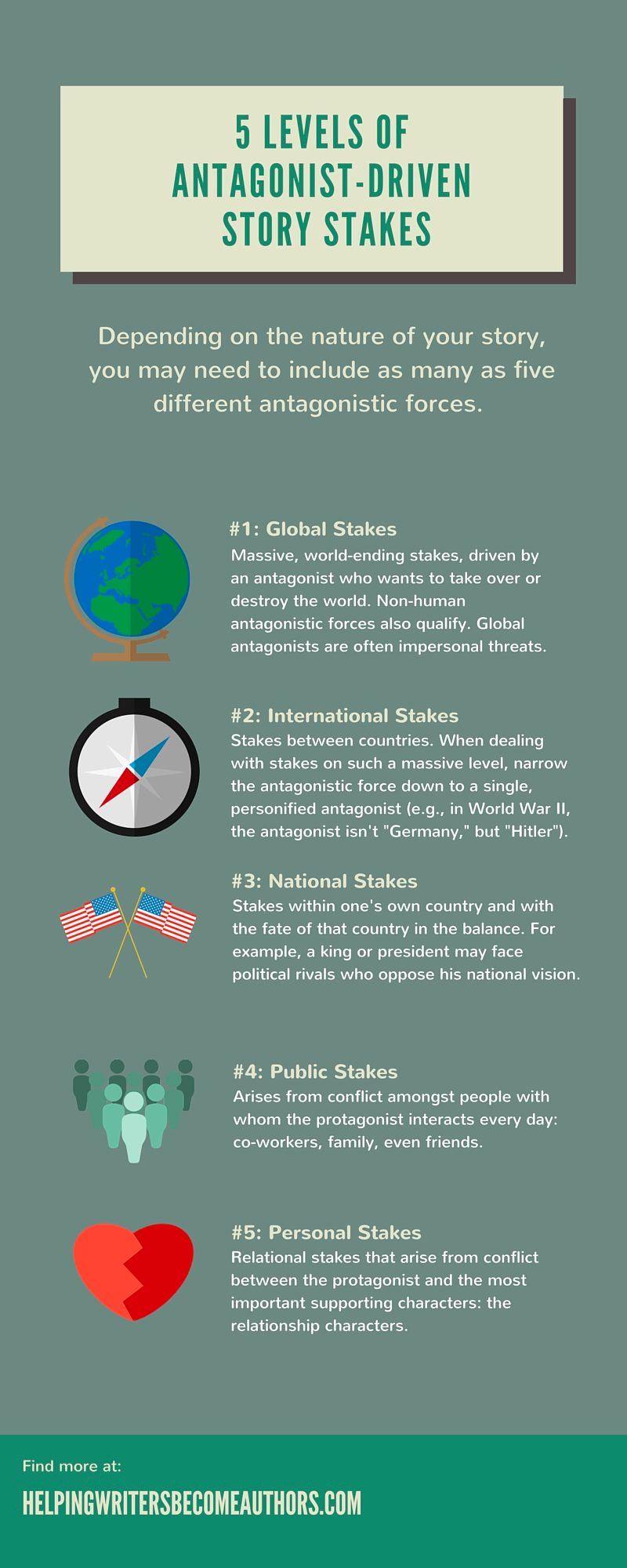How to Begin Your Novel Outline
Episode #2 of the course How to outline your novel by K.M. Weiland
Welcome to the second lesson in our course about the advanced techniques of how to outline your novel in a creative and nurturing way.
Where Should You Start Your Outline?
“Where do you start your outline?” is a question I often receive. Of course, if the obvious answer “start at the beginning” were, in fact, the right answer, no one would be asking this.
It’s true you could sit down and arbitrarily create a beginning scene right off the bat: “Erick is taken prisoner by the terrorists.”
But how do you know that’s the right beginning for your story? How do you know this is the beginning that will best nurture your story’s theme? The beginning that will properly set up the main conflict? The beginning that will introduce your protagonist in the prime characteristic moment? The beginning that will tie into that perfect ending scene?
Short answer: you don’t.
This is why you’re going to start your outline by looking at your story’s big picture.
Your outline’s first job is to help you discover your story’s skeleton.
● What is your story about?
● Who are the characters?
● What themes are inherent to this conflict?
● Where will the story end?
● What obstacles will arise between the protagonist and that end point?
Four Discovery Questions to Help You Start Your Outline
Start by asking yourself these four questions:
1. What General Conflict Does Your Premise Provide?
Before you can answer any other important questions about your story, you must discover your story’s primary conflict.
Start by writing a premise sentence about your story. A premise sentence presents all the vital parts of your story in one or two sentences. For example, the premise sentence for my dieselpunk/historical novel Storming ran like this:
After an eccentric woman falls out of the sky onto his biplane (situation), an irresponsible barnstormer (protagonist) must help her (objective) prevent a pirate dirigible with a weather machine (opponent) from wreaking havoc (conflict) on the Nebraska hometown he fled nine years ago.
2. Who or What Is Your Story’s Antagonistic Force?
Once you’ve discovered your story’s main conflict, your next step is a surprisingly non-intuitive one: find your antagonist.
When you start with your protagonist and his goals, the antagonistic force too often becomes an afterthought. As a result, the conflict between the protagonist and antagonist becomes fragmented and will not drive the plot in a cohesive, integral way.
Instead, start by exploring the antagonistic forces in your story. What do they want? Once you know that, you can see more clearly how, where, and why your protagonist will run afoul of them.
Take a closer look at each of your antagonists. Specifically, you want to ask:
1. What does each of your antagonists want (goal)?
2. Why does your antagonist want this (motive)?
3. How will he go about obtaining his goal (plan)?
3. What Are Your Protagonist’s Goals and Motivations?
Now it’s time to dig deeper and find the single most important aspect of your protagonist’s role within the plot: his goal—and the motivation that drives it.
Rule #1: The protagonist’s goal shouldn’t be simply “stop the antagonist.”
Rule #2: The protagonist should have personal, even selfish, reasons for desiring his goal.
Rule #3:The protagonist’s desire should be inherently related to the thematic question at the heart of his character arc.
4. What Secrets Are Your Characters Hiding?
Your final preliminary step in completing your story’s skeleton is to take a look at every single character you already know will exist within the story.
Look at each character and ask: What are they hiding?
Secrets are the life’s blood of fiction. They provide the hooks that keep readers reading, the reveals that create plot beats and turning points, and the catalysts for character growth—both personally and within relationships.
Stay tuned! Tomorrow, we’re going to talk about how to build your story’s heart via your theme and character arcs.
Recommended resource
To get an idea what my own novel outlines look like, you can download the complete outline transcript from my dieselpunk/historical novel Storming.
Share with friends



